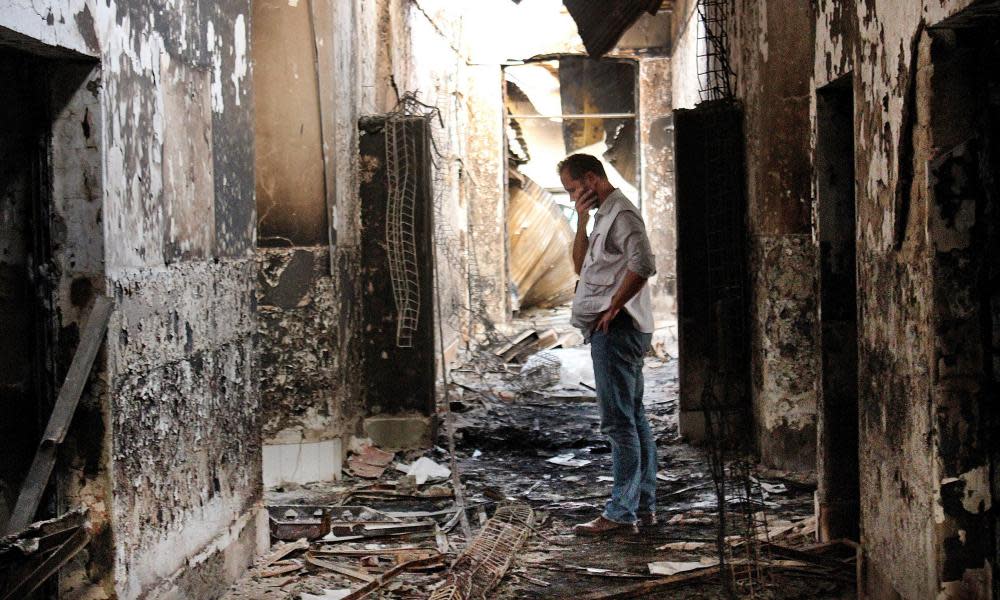Is it safe for Britain to send refugees back to Afghanistan?

About two-thirds of Afghan asylum seekers will have their initial request for asylum to the UK rejected because the Home Office considers Afghanistan a safe country to return people to.
But it has grown more dangerous by the year since the international combat mission ended in 2014.
The Guardian has been following the case of Said Ghullam Norzai and his son Wali Khan, who claimed asylum in Britain after fleeing Kunduz province. Last week they learned their asylum claim had been refused on the grounds Afghanistan was safe.
The province, and the city of Kunduz within it, is one of the most hotly contested areas of the country. Migrants returning there will find a city pummelled by fighting after being overrun by the Taliban twice in two years, and deserted in droves by its residents.
The Taliban control more territory in Afghanistan than at any point since they were ousted from power in 2001. In 2016, conflict led to the displacement of people in 224 of Afghanistan’s approximately 400 districts, up from 135 districts in 2015. The Taliban are now on the edge of at least five provincial capitals.
One of them is Kunduz, the country’s fifth-largest city and a gateway to the northern borders. Since 2015, the Taliban have been amassing troops around Kunduz, breaching it twice.
As an indicator of the growing violence, of the 651,000 people displaced by conflict in Afghanistan last year, roughly a quarter were from Kunduz. The total number of displaced Afghans was a record-high, up from 470,000 in 2015. More than half of the displaced were children.
In 2015, when the Taliban seized Kunduz for the first time, it took a barrage of American airstrikes to break their two-week grip on the city. One of the strikes hit a hospital run by Médecins Sans Frontières, killing 42 staff and patients. Last year, during another assault, a US airstrike targeting Taliban fighters killed 32 civilians.
Alongside the traditional centres of violence in the south and east, fighting in and around Kunduz has been a driver of the high civilian casualties across Afghanistan, which according to the UN have been growing every year since 2009. Last year set yet another record with 11,418 casualties, including 3,498 deaths. Violent abductions and crime are also on the rise.
As foreign governments, among them Pakistan and European countries, continue to expel Afghan refugees and migrants, there is no sign of violence abating. Security forces expect the Taliban to make another attempt at taking Kunduz during the forthcoming fighting season.

 Yahoo News
Yahoo News 
